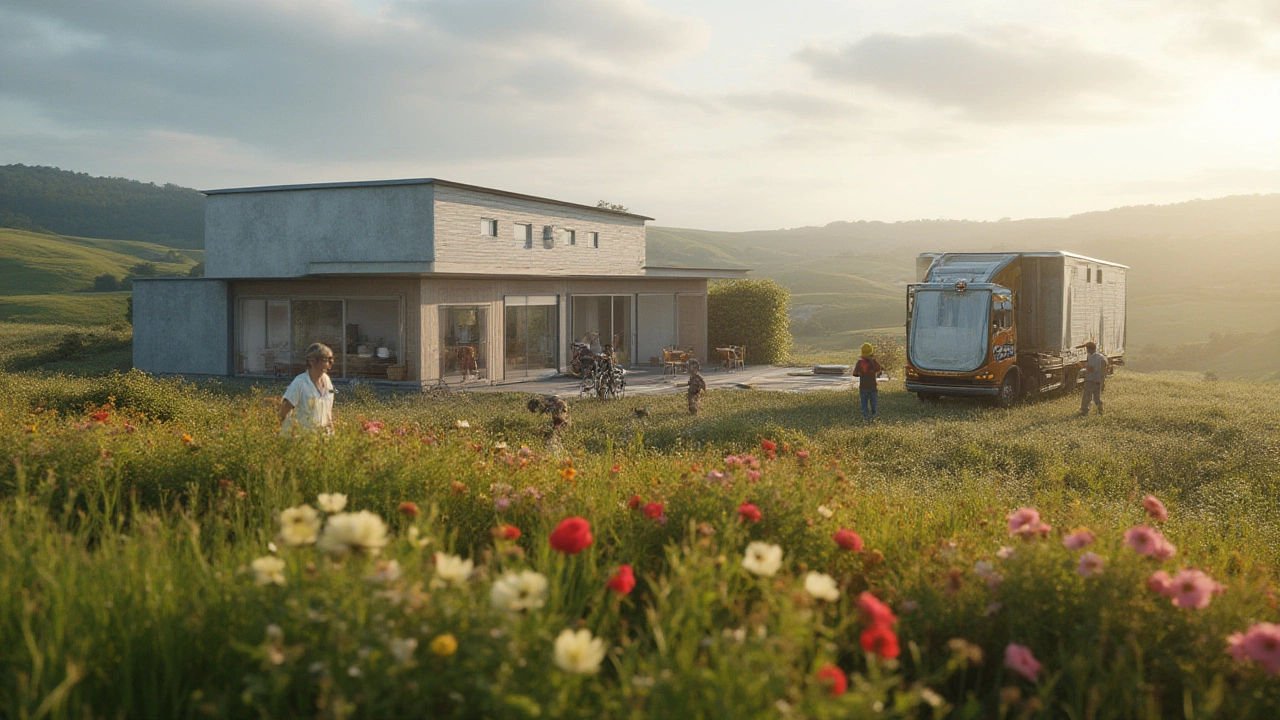
Prefab Homes – The Smart Way to Build Your Dream House
Imagine moving into a brand‑new house in months instead of years. That’s the promise of prefab homes, and more people are taking advantage of it because it actually works.
Why Choose a Prefab Home?
First, the price tag. Because most of the work happens in a factory, waste drops and bulk buying cuts material costs. You often see savings of 10‑20% compared with a traditional stick‑built house.
Second, the timeline. While a site‑built home waits for weather, deliveries, and countless subcontractors, a factory can assemble rooms around the clock. Most complete kits arrive ready to go in 6‑12 weeks, and on‑site installation usually finishes in a few days.Third, quality control. In a controlled environment, each panel is inspected, sealed, and protected from rain or wind. That means fewer leaks, tighter insulation, and a sturdier final product.
Fourth, design flexibility. Modern prefab manufacturers offer a range of floor plans, from compact tiny homes to spacious family layouts. You can mix and match modules, change roof styles, or add a loft without starting from scratch.
Fifth, sustainability. Factory production reduces material waste and often uses recycled or low‑carbon components. Many prefab homes come with factory‑installed energy‑efficient windows and insulation, making them greener from day one.
How to Get Started with a Prefab Build
Start by figuring out your budget and the size you need. Sketch a rough idea of bedrooms, bathrooms, and any special spaces like a home office. Having a clear headcount helps the factory suggest the right module count.
Next, pick a reputable builder. Look for companies with completed projects you can visit, and read reviews that mention delivery times and after‑sale support. A good builder will guide you through permits, site preparation, and transportation logistics.
Third, prepare the site. Even though the house arrives in pieces, you still need a foundation – usually a concrete slab or crawl space. Clear the land, level it, and arrange utilities (water, electricity, sewage) before the modules arrive.
When the modules are shipped, schedule a delivery window that works for both you and the builder. The crew will lift each section into place, bolt them together, and seal the joints. After that, the interior finishes – flooring, cabinets, and fixtures – are installed just like on a regular home.
Finally, walk through the finished home with the builder. Check doors, windows, and any custom features. Most manufacturers offer a warranty on structural components, so any issues should be fixed quickly.
Prefab homes aren’t a gimmick; they’re a practical answer to rising construction costs and long build times. Whether you want a low‑maintenance cottage near the Highlands or a sleek modern family house, the prefab route can get you there faster and for less money.
Ready to explore your options? Start by browsing a few catalogues, jot down what you love, and reach out to a local prefab specialist for a quote. In a few steps, you could be on your way to a brand‑new home that feels custom‑built, without the usual hassle.
